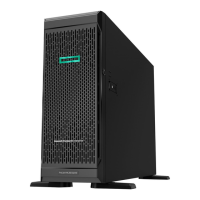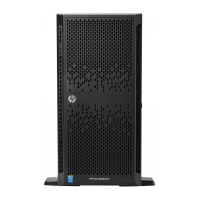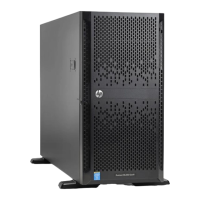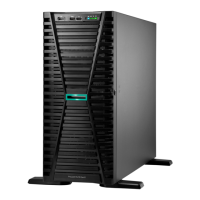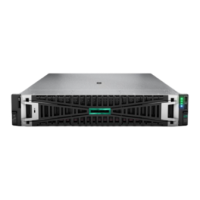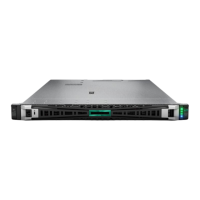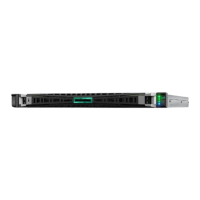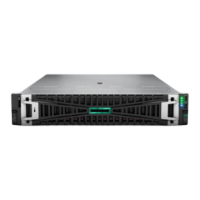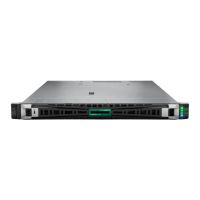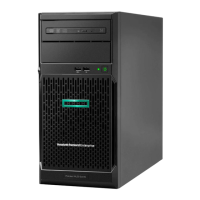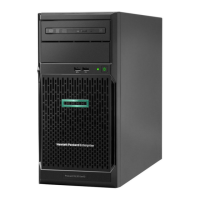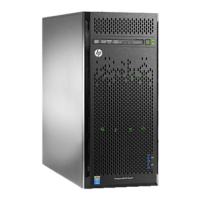Internal cabling managementInternal cabling management
Storage cablingStorage cabling
Media device cablingMedia device cabling
GPU auxiliary power cablingGPU auxiliary power cabling
Fan cablingFan cabling
HPE NS204i Boot Device cablingHPE NS204i Boot Device cabling
OCP upgrade cablingOCP upgrade cabling
Serial port cablingSerial port cabling
Tertiary riser signal cablingTertiary riser signal cabling
Chassis intrusion detection switch cablingChassis intrusion detection switch cabling
Front I/O cablingFront I/O cabling
Cabling guidelinesCabling guidelines
Observe the following:
Some diagrams show alphabetical callouts A, B, C, etc. These callouts correspond to labels near the connectors on the cable.
The cable colors in the cabling diagrams used in this chapter are for illustration purposes only.
Observe all guidelines when working with server cables.
Before connecting cablesBefore connecting cables
Note the port labels on the PCA components. Not all these components are used by all servers:
System board ports
Drive and power supply backplane ports
Expansion board ports (controllers, adapters, expanders, risers, and similar boards)
Note the label near each cable connector. This label indicates the destination port for the cable connector.
Some data cables are prebent. Do not unbend or manipulate the cables.
To prevent mechanical damage or depositing oil that is present on your hands, and other contamination, do not touch the ends of the
connectors.
When connecting cablesWhen connecting cables
Before connecting a cable to a port, lay the cable in place to verify the length of the cable.
Use the internal cable management features to properly route and secure the cables.
When routing cables, be sure that the cables are not in a position where they can be pinched or crimped.
Avoid tight bend radii to prevent damaging the internal wires of a power cord or a server cable. Never bend power cords and server
cables tight enough to cause a crease in the sheathing.
Make sure that the excess length of cables is properly secured to avoid excess bends, interference issues, and airflow restriction.
To prevent component damage and potential signal interference, make sure that all cables are in their appropriate routing position
before installing a new component and before closing up the server after hardware installation/maintenance.
When disconnecting cablesWhen disconnecting cables
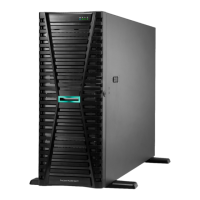
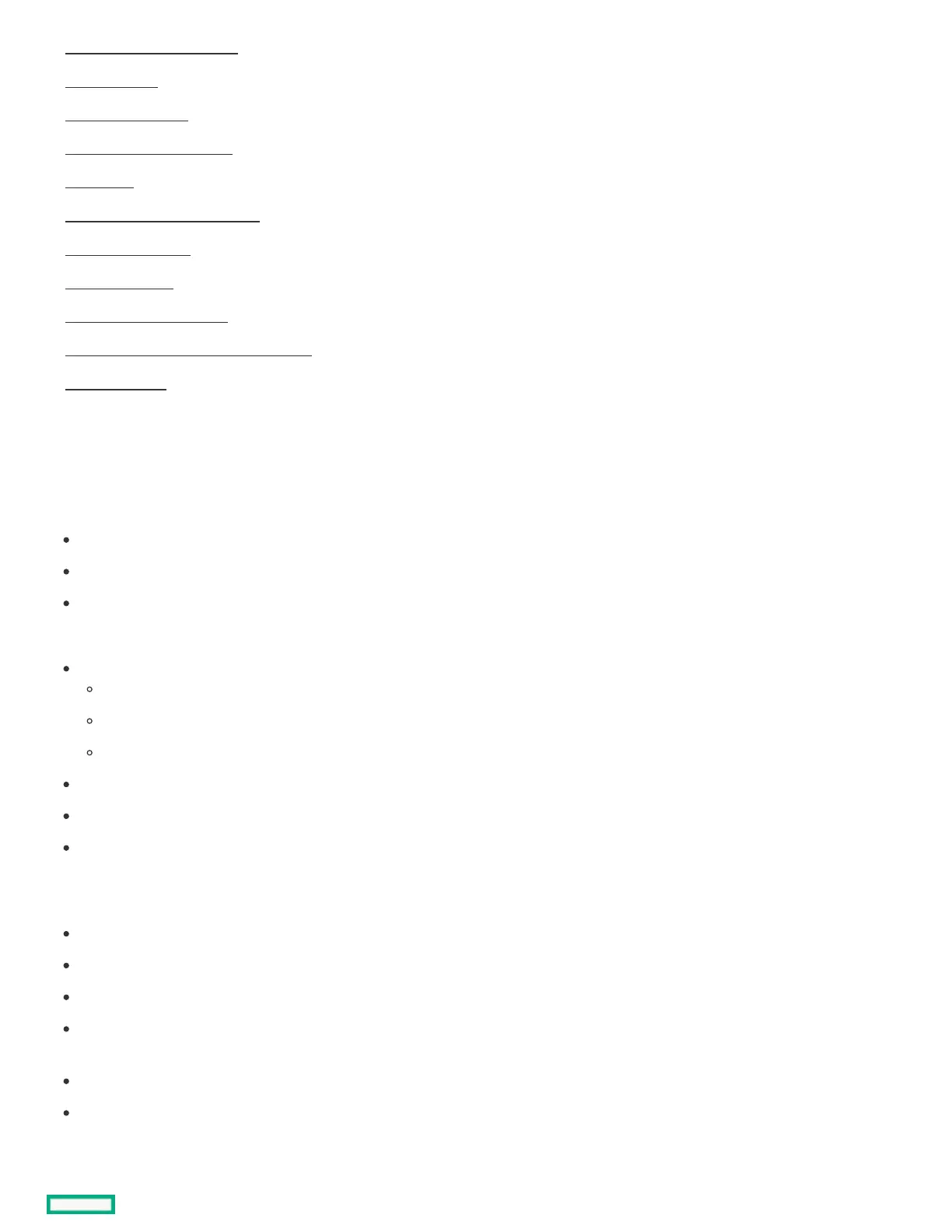